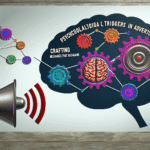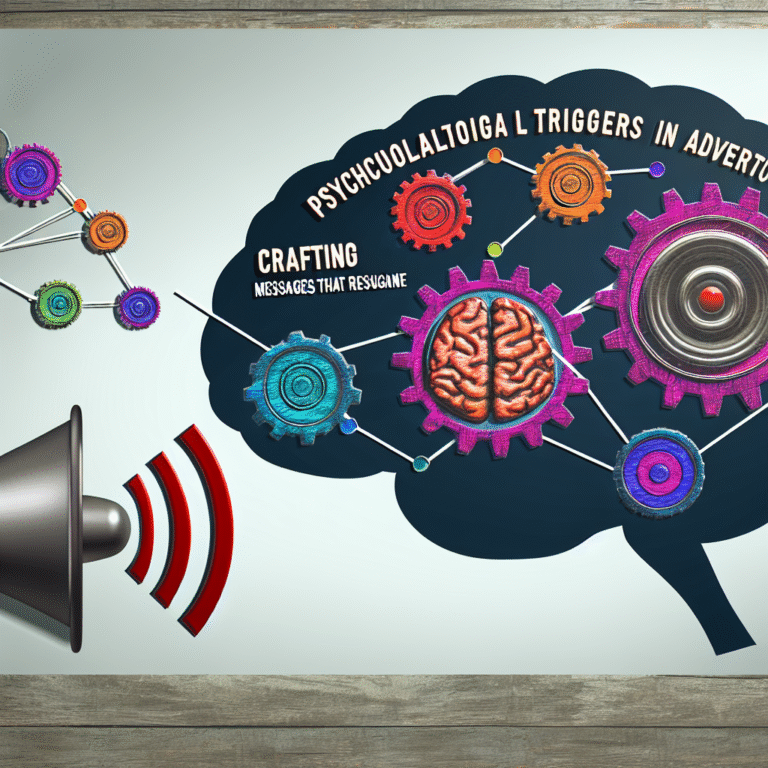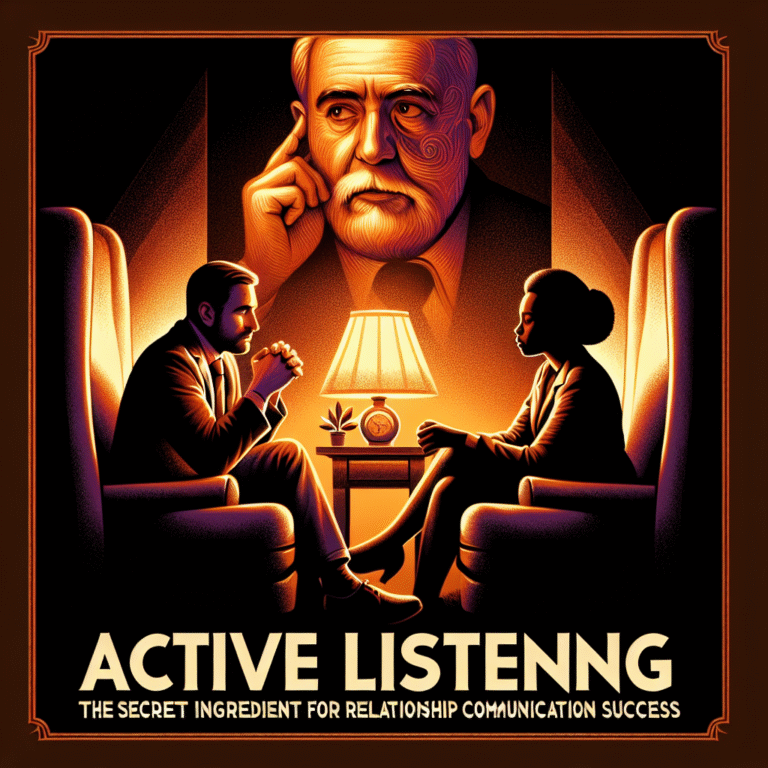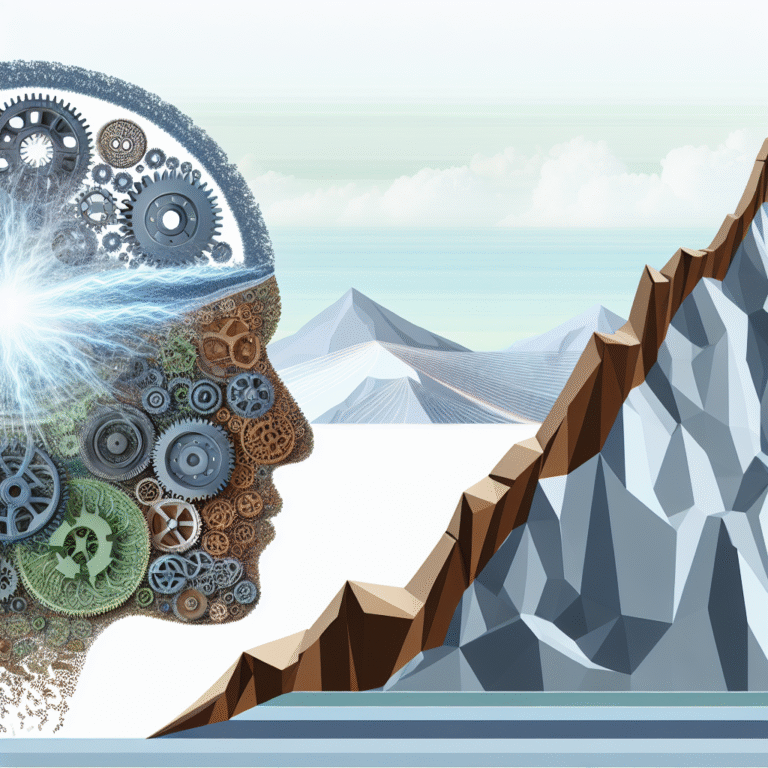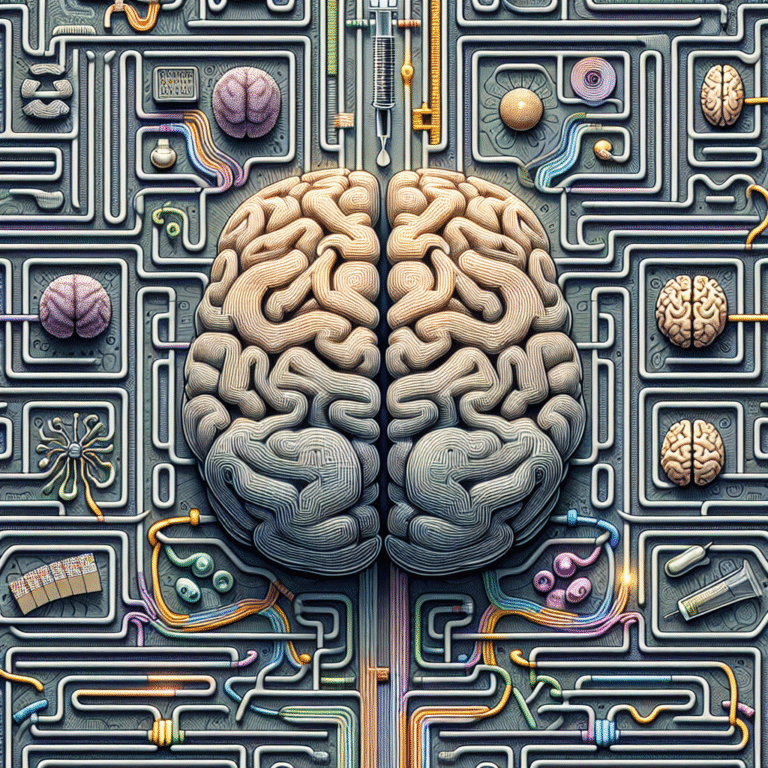
Mirror Neurons and Behavior: The Essential Science Behind Learning Through Observation
Introduction
Imagine watching a talented pianist perform a breathtaking concerto. Your fingers almost twitch in harmony with the notes, and there’s a sudden urge to tap your feet. This involuntary response isn’t merely a reaction to beautiful music—it’s a glimpse into the intricate world of mirror neurons and their profound influence on our behavior. The study of Mirror Neurons and Behavior: The Science Behind Learning Through Observation unlocks not just the secret to how we learn but also provides revealing insights into empathy, social interaction, and even therapeutic practices. Understanding this captivating science drives home the importance of observation in shaping our actions and reactions.
Understanding Mirror Neurons
What Are Mirror Neurons?
Discovered in the early 1990s by a team of Italian researchers, mirror neurons are a specialized type of brain cell that activates both when an individual performs a specific action and when they observe someone else executing that same action. These neurons essentially “mirror” the observed behavior, offering a neural pathway to learning through observation. This fascinating mechanism opens up a trove of implications regarding behavior, learning, and empathy.
Structure and Function
Mirror neurons reside in the premotor cortex and the inferior parietal lobule—key areas related to action preparation and social cognition. They become particularly vital in contexts where understanding others’ intentions and emotions is essential.
Key Functions of Mirror Neurons
Learning Through Imitation: One of the core functions of mirror neurons is to facilitate learning through imitation. This capability is foundational in human development and is critical in acquiring new skills.
Empathy and Emotional Resonance: Mirror neurons help us understand and internalize other people’s feelings, contributing to our ability to empathize and engage in social interactions.
- Language Acquisition: Evidence suggests that mirror neurons may play a role in learning to communicate, providing insights into the connection between gesture and speech.
Case Study: The Role of Mirror Neurons in Autism
Research shows that individuals with Autism Spectrum Disorder (ASD) often exhibit differences in mirror neuron activity. Studies reveal that enhanced understanding of mirror neurons and their role in observational learning could pave the way for novel therapeutic techniques aimed at improving social skills in individuals with ASD.
Table 1: Key Functions of Mirror Neurons
| Function | Description |
|---|---|
| Learning through imitation | Enables individuals to replicate actions they observe |
| Empathy | Helps in experiencing others’ emotions |
| Language acquisition | Assists in understanding communicative gestures |
| Social interaction | Facilitates bonding and shared experiences |
Learning: More Than Just Observation
The Mechanism of Learning Through Observation
When a child observes a parent tying shoelaces or a chef preparing a meal, their mirror neurons activate, creating a mental simulation of the action. Research indicates that this neural response strengthens synaptic connections, leading to the programming of specific behaviors.
In essence, Mirror Neurons and Behavior: The Science Behind Learning Through Observation elucidates that learning is not a passive process; rather, it is an interactive experience where observation and neural responses converge to promote knowledge acquisition.
Case Study: The Power of Imitation in Young Learners
A notable example of this phenomenon is found in children’s cognitive development. Studies show that children as young as 18 months can imitate actions they have merely observed, effectively learning complex tasks through simple observation. This capability highlights the crucial role of mirror neurons in honing innate skills and behaviors.
Chart 1: Child Imitation Study Results
| Age Group | Success Rate of Imitation (%) |
|---|---|
| 18 months | 70% |
| 24 months | 85% |
| 36 months | 95% |
Real-World Applications of Mirror Neurons
Education
In educational settings, the mechanisms involving Mirror Neurons and Behavior: The Science Behind Learning Through Observation can be harnessed to create more effective teaching methodologies. For instance, teachers can engage in modeling behaviors that they want their students to adopt, fostering a more vibrant learning environment.
Techniques to Facilitate Learning through Observation:
Demonstrative Teaching: Intentionally showcasing skills can provide students with a robust framework for understanding concepts.
- Peer Learning: Encouraging students to work together allows them to observe and learn from each other’s strengths and weaknesses.
Therapeutic Interventions
The insights gained from understanding mirror neurons also underscore their potential in therapeutic settings. Techniques like role-playing in cognitive-behavioral therapy leverage this observational learning mechanism to help clients recognize and reshape their behaviors.
Case Study: Enhancing Social Skills in Therapy
Recent studies in clinical psychology noted improvements in social skills among group therapy participants. These enhancements are attributed to the demonstrations provided by therapists and the consequential activation of mirror neurons within participants.
Empathy and Social Behavior
The Empathy Connection
The relationship between mirror neurons and empathy is one of the most illuminating aspects of this area of study. The ability to feel what others feel is a cornerstone of social interactions. When we see someone experiencing joy, sadness, or pain, our mirror neurons fire, allowing us to resonate with their emotional state.
Benefits of Empathy
- Stronger Bonds: Understanding emotional expressions fosters stronger relationships.
- Conflict Resolution: Empathy leads to better conflict resolution strategies.
- Community Cohesion: Empathy is vital for creating inclusive and supportive environments.
Case Study: Empathy Training in Schools
Programs aimed at enhancing empathy among school-aged children utilize insights gained from the study of mirror neurons. These interventions often involve role-playing exercises, allowing children to step into each other’s shoes, thereby fostering a more empathetic classroom environment.
The Cultural Influence on Behavior
How Culture Shapes Observational Learning
Different cultures can exhibit distinct patterns of behavior when it comes to observational learning. The context in which observational learning occurs can significantly influence the activation of mirror neurons.
Case Study: Cross-Cultural Variations
Research shows that children learning in collectivist societies often exhibit greater levels of imitation compared to those raised in individualist cultures. This demonstrates how cultural factors shape learning experiences through observational pathways.
Conclusion
The exploration of Mirror Neurons and Behavior: The Science Behind Learning Through Observation reveals the intricate web that connects observation, learning, and social interaction. By understanding how mirror neurons function, we can enhance our teaching methodologies, deepen empathy, and enrich human connections and experiences. As we harness this knowledge, we unlock new pathways for learning and growing, not just individually, but collectively as a society.
Actionable Takeaway
Integrating observational learning into our daily lives can lead to profound changes. Whether it’s through modeling positive behavior, engaging in altruistic activities, or developing our emotional intelligence, we can all benefit from the insights gained from the study of mirror neurons.
FAQs
1. What are mirror neurons?
Mirror neurons are specialized brain cells that activate both when an individual performs an action and when they observe someone else performing that same action, facilitating learning through imitation and empathy.
2. How do mirror neurons influence behavior?
Mirror neurons facilitate the understanding of actions, emotions, and intentions in others, enabling social interaction, empathy, and the imitation of behaviors.
3. Can we enhance our mirror neuron activity?
Engaging in social interactions, observational learning, and empathy training can enhance mirror neuron activity, leading to improved social skills and emotional intelligence.
4. Do mirror neurons play a role in language learning?
Yes, mirror neurons are believed to contribute to language acquisition by helping individuals understand communicative gestures and the actions associated with speech.
5. How do cultural differences affect observational learning?
Cultural context influences how individuals observe and imitate behaviors, leading to variations in learning experiences and social interactions across different cultures.
By delving into the science of Mirror Neurons and Behavior: The Science Behind Learning Through Observation, one can appreciate the elegance of our interconnected experiences and the potential that lies in learning from each other.
This article encapsulates an engaging and informative read while providing valuable insights into the science of mirror neurons and their implications for behavior and learning.
